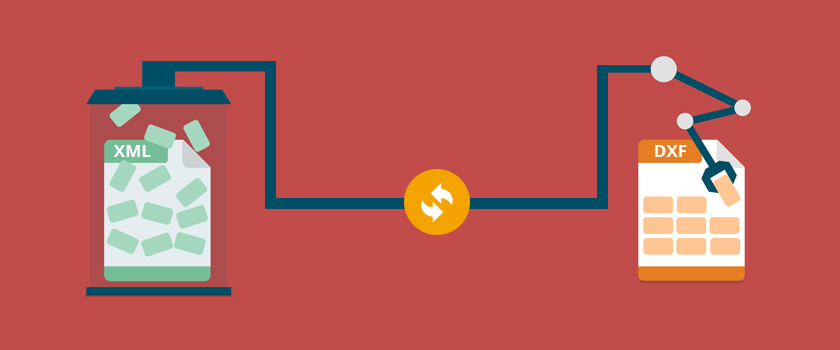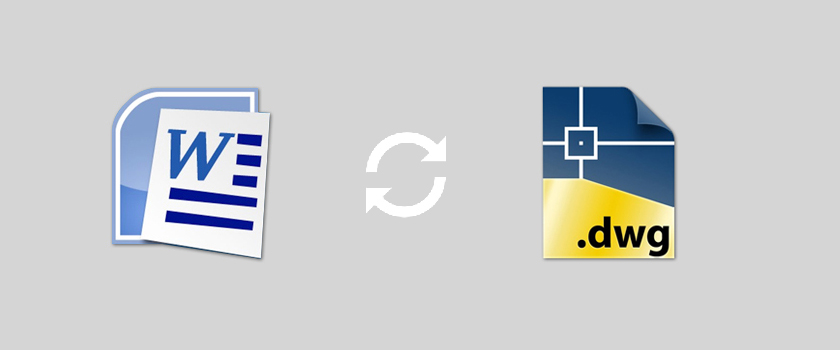Understanding the Process of TEP & Why it is Important?
By: Antonia Ava Posted on Thu, 31-12-2020

The translation industry is one of the grooming industries of the century. Each step takes you to the next level of clarity and accuracy. It's a worldwide business phenomenon required by all enterprises for various reasons.
Translation services are always focused on providing their clients with a quality translation as the final product. But how does it all work? Before doing anything else, you need to have a clear understanding of the TEP.
Under the microscope of TEP
The translation is not a single-step process. There are multiple steps in the translation process which are an integral part of document conversion from one language to another. TEP stands for Translation-Editing-Proofreading. These three steps are the most vital parts of the entire process.
The Layout of TEP
- What is the Main Purpose of TEP?
To achieve the highest level of translation accuracy without any flaws and error, to retain quality is of the foremost priority. Each stage consists of a team of linguistic workers at the backend; a translator, proofreader, editor, and so on.
During translation little or no communication is required, which makes this process focused and goal-oriented. Teams may be countries apart but can work collaboratively via the internet.
- What do You Know about the Translation Stage?
The majority of role play depends on the translation. Translators working on the project must be native experts with professional experience under their belt. But it's not only the translator who translates the content; they need the assistance of various translation tools as well.
Glossaries and translation memories are just two of the core tools, extremely helpful during the translation process. It is time-efficient and less costly too for the service providers. Translators do not have to go through a word by word translation; it's just like using a dictionary.
- What Happens During the Editing Stage?
If you think translation is difficult then editing is a level ahead in terms of being crucial. Even after a document is translated, it is not a final draft; it will undergo stages of editing and proofreading to minimize the errors.
Besides removing errors, editing affects the structure and format of the document as well. The goal for editing will vary from project to project (according to the requirement) such as;
- Use of direct translation: the major goal is the word by word translation into the target language and is most suitable to use for a technical document or medical content.
- Localization: it transforms the content into the target language by taking cultural nuances into consideration. The main purpose is to localize the content for the native audience.
- Transcreation: it focuses on the meaning behind the message that is being translated into the target language. It usually targets the emotional side of the marketing content to target the right audience.
Similar to the translation step, the editor is also a linguist with experience in the field. They ensure that the content transitions smoothly from the source language to the target language. Necessary changes are made according to the readers’ requirements.
- What Do You know about the Proofreading Stage?
This stage is all about reviewing the translated document. The main aim is to take a detailed look over the original documents versus the translated (and edited)version. The terminologies used, edits, the structure of the document, etc., each and everything is paid close attention.
Usually, the proofreaders are the senior translators and have a lot of experience gained from years of working on various projects. These are also the subject matter experts with in-depth knowledge about the industries.
In short, the aim is to ensure no errors are found after a delivery is made to the client.
- All You Need to Know about the Language Quality Assurance Stage
LQA known as the Language Quality Assurance Stage is led by the quality assurance team members. They are responsible to ensure a strong correspondence in the technical format and the layout of the project. It can be a website, mobile app, or even a document, every project has different sets of specifications.
To meet the high expectations of the clients, the TEP process prioritizes the layout of the project that includes formats, numerical accuracy, etc. It is done with the help of translation software tools. Just in case even if proofreading is not that "provable” then this step is drawn to assure the final product is up to the mark.
Accuracy is the First Step in the LQA Stage
Technical comparisons of translated content are made with the source content. This allows an in-depth identification of grammatical errors as well. You can recover the document, edit it rather easily.
However, the main purpose is that it ensures the consistency of the project.
Terminology Must be Consistent
Sometimes, clients have a set of requirements, according to which translation needs to be done. To ensure you follow the prescribed guidelines given by your client, you need to check that the terms used are consistent and about the context.
Language Quality Matters
The grammar, punctuation, parts of speech, every single aspect affects the quality of the target language. Now, the target language may differ a lot from the source language, which is why language quality check is important.
Country standards for certain terminologies vary, so you need to keep up with the target language.
The Last Word
The TEP process works best in favor of businesses. The translation service providers ensure to provide quality translation to their clients, based on this process and other standard measures they use to minimize the errors. The translation is not an easy game to play, but once you become familiar with the rules and gain experience, you learn which projects to choose and so on. TEP processes also enhance the clients’ experience.
Here at Mars Translation, we provide reliable and fast professional translation services for all business industries in more than 120 languages. Get in touch for details!

dxf: DXF is a CAD data file format developed by Autodesk for CAD data exchange between AutoCAD and other software. docx:
Read more
Mars Translation can help you extract the texts in a DXF file and convert them into a XML file so
Read more
Mars Translation can help you extract the texts in a DWG file and convert them into a Word file so
Read more
Africa is the second largest and second most populous continent. As recent statistics suggest, 1,486,275,887 is the current population of
Read more
No state on the western side of the globe can compare the strategic geographic location, diverse multilingual workforce, and attention
Read more
San Diego is California's second-largest city, and it has a population of 1.3 million from which three million residents are
Read more
Dallas is the largest state in Texas after Houston and San Antonio. It is the ninth most populous city in
Read more
In this day and age, users love to consume video content. Statistics show that almost 90% of all internet users
Read more
Virtual reality is transforming our imaginative worlds into existence. Since childhood, we used to create visionary kingdoms and act like
Read more